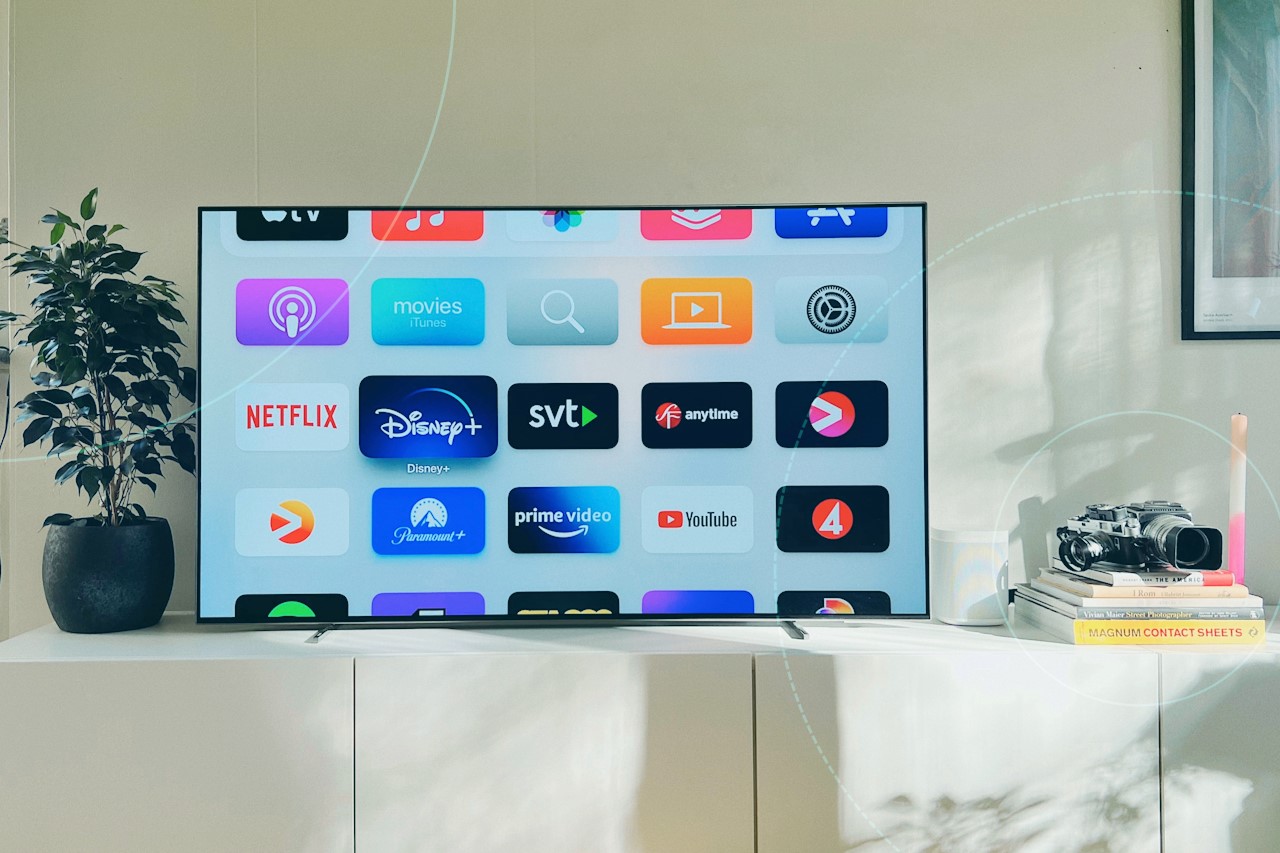Learn how to build a performance marketing strategy that focuses on the right audience and optimizes results with our helpful guide.
Develop a plan that targets your audience, picks the right channels, and optimizes campaign performance
Performance marketing is about getting results — pulling all the levers at your disposal to achieve an ad campaign’s goals while minimizing costs. But how do marketers get the results they’re looking for? And how do marketers achieve those results in a measurable way so they can fine-tune performance throughout the campaign? It all starts with a plan.
Developing a performance marketing strategy before diving in will ensure you maximize crucial KPIs while optimizing return on ad spend (ROAS). The following steps will help you reach your desired audience with content that resonates.
5 Steps for Designing a Successful Performance Marketing Strategy
#1. Define Your Audience and Your KPIs
While marketing channels that focus on broad audience reach (like linear TV) are great for brand marketing efforts, performance marketing shines when you hone your efforts on as specific a target as possible. Deciding who your target audience is will form the foundation of your performance marketing strategy before determining where you will advertise or what content you plan on displaying.
Now, your goal could be to grow the size of your product’s current demographic, or it could be to expand into demographics your product currently isn’t serving. Each audience will have different needs and respond positively to different messaging, and the choices you make now will ripple throughout the numerous decisions made during the campaign. Lean on your current audience data and product research to guide you to the target audience that will provide the best ROAS.
In addition to determining your audience, you must decide what you want to accomplish. Are you looking to acquire new users for your app or service? Do you want to sell more products? Or are you trying to generate additional leads through newsletter signups or contacts? Choosing KPIs that address your goals (whether that’s cost per acquisition or increased lifetime value) will help craft your message while ensuring your marketing budget is on track.
#2. Choose Your Channels
The next step in your performance marketing plan is choosing where to advertise. Much of this decision will likely be determined by where your target audience will appear. For example, channels like Facebook, TikTok, and connected television (CTV) have a massive user base, making audience segmentation necessary. Meanwhile, platforms like Reddit offer smaller but more specifically targeted user demographics built-in to the user base, making it an effective fit for a particular type of messaging.
Your marketing efforts will also differ depending on which channel you choose. An email campaign will require a very different approach from an influencer marketing campaign, so be sure to do your research before crafting your message.
Also, don’t limit your campaign to a single channel. An omnichannel strategy utilizing content crafted to take advantage of each channel’s specific delivery method is the most effective approach for increasing campaign impact. For example, ads on CTV platforms can look and sound like linear TV advertising, but CTV offers the targeting capabilities of traditional performance marketing channels. Maximizing campaign effectiveness through this channel will help you filter through the 71% of US households currently using CTV devices and directly connect with your target audience. To learn more about how to get the most out of CTV advertising, download our free ebook today.
#3. Craft Ad Content and Landing Page to Maximize Impact
With your target audience clarified and your channels chosen, it’s time to build ad content — along with the landing page ad viewers will visit once they interact with your ad.
While creating a unified content design can help build awareness across channels, you need to customize the delivery of your message to fit the platform. For example, TikTok users value authenticity, preferring to engage with ads that look and feel like they’re a part of the platform. If you take a video ad built for YouTube or CTV and place it on TikTok — or vice versa — it won’t get the same engagement rates as video content produced specifically for the platform.
Even with these unique constraints, there are still universal features all performance marketing ads should have. Your message should be immediately clear, focused, and speak to your intended audience. Your ad should also include a clear call to action (CTA), where you direct your audience to complete the task that matches your KPI — “call now,” “click to learn more,” “sign up today,” “get your free item,” and so on all provide a distinct request for the viewer to complete. You should also craft several iterations of your ad content with slight variations — color, CTA language, voiceover, etc. — which you can leverage once you’ve begun your campaign.
However, the ad is only half of this equation — you need a landing page to direct viewers to that will enable them to complete your CTA. If this page is overly cluttered, confusing to operate, or doesn’t work well on mobile, your audience won’t be able to complete their journey through your advertising funnel. Ensure that the messaging on this page matches the ad that brought them there, and reduce as much friction as possible between clicking the ad and completing your CTA.
#4. Optimize Campaign Performance With Incremental Testing
The beauty of performance marketing — what really sets it apart from traditional advertising — is the ability to get direct insight into campaign performance and make changes while it’s underway. Every time a viewer sees your ad impression and chooses to interact with (or ignore) it, they provide data you can act on. Leveraging this data means you’re wringing every last drop out of your marketing budget.
Incrementality testing is the key to a successful performance marketing campaign. This process involves simultaneously running multiple versions of the same ad content with slight variations, comparing performance between them, and then pushing the more successful version to a broader audience. For example, you might test whether audiences resonate with red or green CTA text. After running your ad for a week or so, you’ll have enough data to see which version of your CTA is more effective at converting viewers into paid customers.
Keep testing variations across your channels, and continue adapting your content to lean into what’s working while removing what doesn’t.
#5. Implement Dynamic Retargeting Tactics to Leverage Ad Views Across Channels
While your campaign is running and collecting data, you should start to see where viewers are accessing your content — and where they’re dropping off. For example, a viewer may have visited your website from a YouTube ad and added an item to their shopping cart but have decided not to complete the sale. This is where multi-touch attribution and dynamic retargeting can help seal the deal.
By examining where your audience’s progress halts within the customer journey, you can then deliver updated ad content through your performance marketing channels that speaks directly to their pain points. Going back to our previous example, you could remarket to this user while they’re watching CTV content with messaging that references the product in the viewer’s cart while focusing on the limited-time nature of the deal. A robust and holistic approach to retargeting is the key to maximizing conversion rates.
The Future of Performance Marketing Is Here
No performance marketing strategy is complete without adding CTV to your multi-channel mix, especially when top streaming companies like Netflix and Disney deliver ad-supported plans to millions of viewers across the globe. CTV’s reach is immense, but optimizing your approach requires a deft touch — and tvScientific is here to help.






